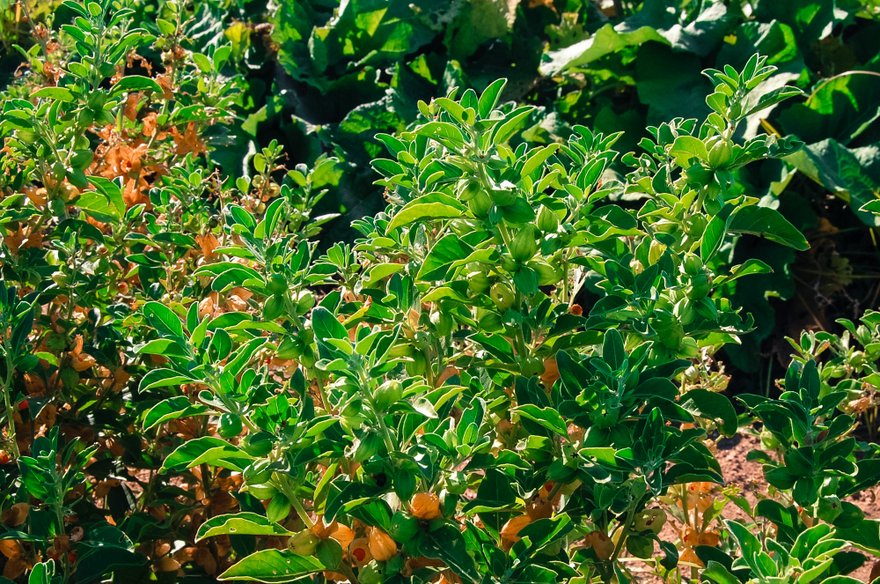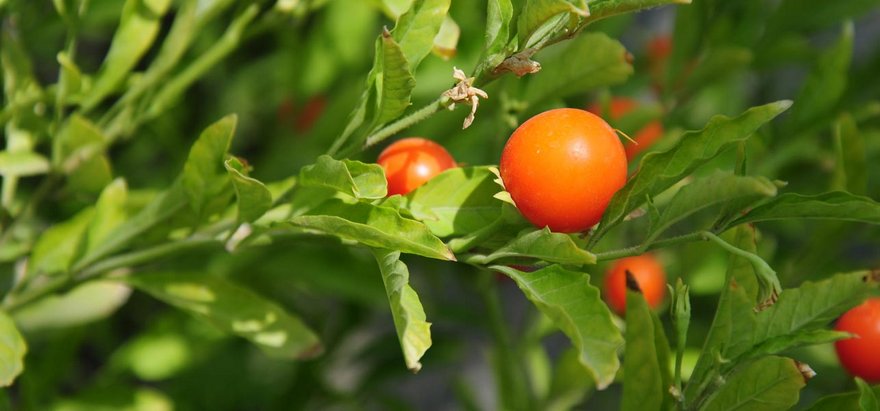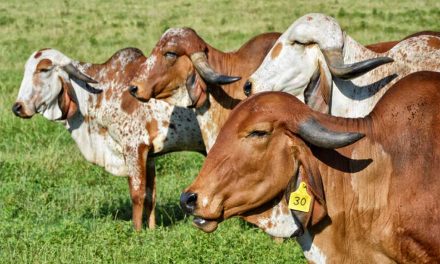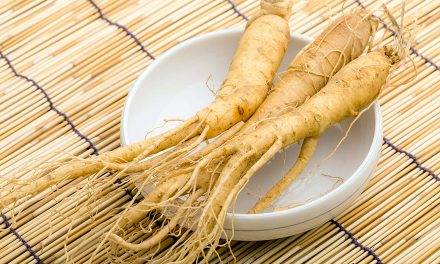Ashwagandha has been used in India for centuries to boost the immune system, and studies show that it can aid the body in a number of ways, including to combat the physical effects of stress, improve learning and memory, and even offer relief for those who suffer from anxiety and depression.
7 Interesting Facts of Ashwagandha:
As the wellness movement grows, you will likely hear more and more about this special herb. When you do, you’ll be armed with these 7 interesting facts.
1. Something smells…horse-y? The Sanskrit translation of ashwagandha is “the smell of a horse,” which, thankfully, is not literal. The term is meant to indicate that the herb will give one the vigor and strength of a stallion, and, rest assured, it smells simply like a dried herb, not a carriage house.
[wp_ad_camp_1]
2. Brain and body benefits. Ashwagandha is one of the most important herbs in Ayurveda, and is used to treat a wide variety of ailments. It not only supports the immune system, but also may stabilize blood sugar and lower cholesterol. It is most commonly used for its effects on mental health. It promotes a sense of calm and relaxation while nourishing the nervous system, which can get overworked when we’re stressed.
3. An ancient stress-buster. Ashwagandha is an adaptogenic herb, which means it promotes homeostasis in your body and enhances its ability to deal with stress. When we are stressed, we pump out more of the hormone cortisol, and studies show that ashwagandha can reduce the amount of it by as much as 26%. This is great news, because chronically elevated cortisol levels increase inflammation and degenerative processes in the body.
Another study showed that ashwagandha was able to significantly reduce the number of cells damaged by chronic stress. Using animals, researchers determined that 85% of their cells showed signs of degeneration when they were chronically exposed to stress. Adding ashwagandha to their diet caused that number to drop to just 5%.
4. Very ancient, that is. The use of ashwagandha dates all the way back to 6000 BC. The roots of the plant are traditionally dried and ground into a powder, which is how you’ll still find it today. It was typically mixed with water in a tea, with ghee (clarified butter), or with honey. A more modern option is to add it to a smoothie!
5. An “Indian ginseng”? “Indian ginseng” has become a pseudonym for ashwagandha because of its rejuvenating properties (although ashwagandha is actually part of the nightshade family, and is more closely related to the tomato). Taking this herb was customary after an illness to improve the immune system.
6. A worldwide herb. While it is typically associated with the Indian wellness system of Ayurveda, ashwagandha, also called winter cherry, grows naturally in both North America and Africa.
7. An athletic enhancer. Animal tests suggest that supplementing with ashwagandha may significantly improve athletic performance. A study of rats found that they were able to swim twice as long as they normally could when they were given the herb. This could translate to humans as increased endurance.
Source: curejoy.com













Very useful information about ashwagandha .
Please provide similar information about Arjuna also . Thank you .
S.k. Rana
Thanks for your beautiful post .
I am so glad for read the msg but don’t understand when i eat the herb and green or dry . So you forward the msg my e mail address.
good
Useful information.
Useful information
It is very useful website,very perfect knowledge. Keep it up.
Aswagandha can cure cancer. On youtube you can see a person describing how his cancer was cured by Aswagandha.
kindly provide the form in which it should be taken dosage timings and use for children. Thanks for the message
Thanks for the information